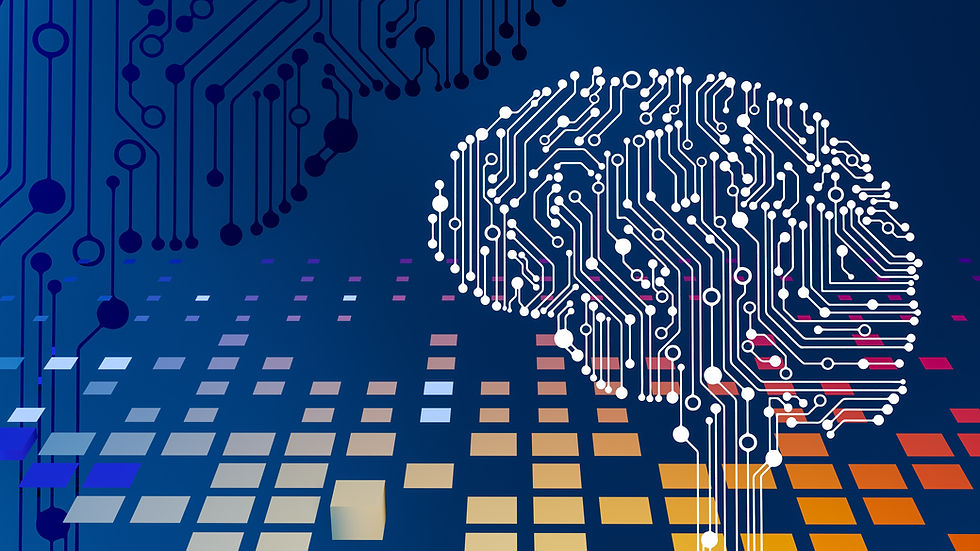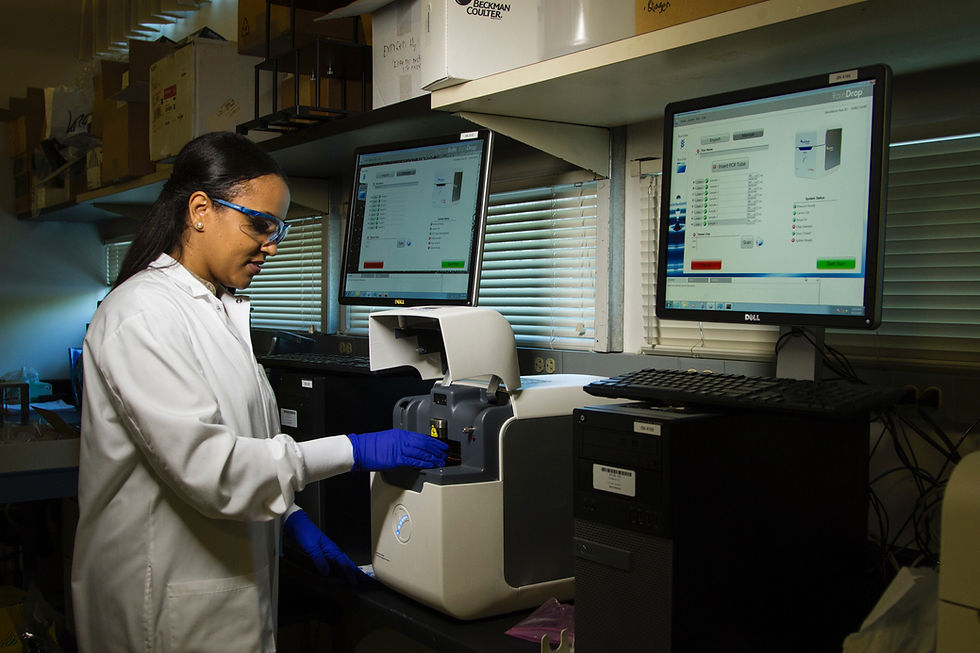Predicting Customer Churn with Precision: How Machine Learning Can Help Retain Your Customers
- info058715
- Oct 22, 2024
- 4 min read
Updated: Jan 1
Customer churn, the phenomenon where customers stop doing business with a company, is a significant concern for businesses across all sectors. High churn rates can severely impact revenue and growth, making it essential for organizations to understand why customers leave and how to mitigate this risk. In recent years, machine learning (ML) has emerged as a powerful tool for predicting customer churn, enabling companies to implement proactive measures to retain valuable clients.
Understanding Customer Churn
Customer churn can occur for various reasons, including dissatisfaction with the product or service, better offers from competitors, or changes in customer needs. It is vital for businesses to monitor and analyze churn rates as they provide insights into customer behavior and satisfaction levels. A high churn rate may indicate deeper issues within the organization, such as poor customer service, inadequate product quality, or ineffective marketing strategies.
Importance of Predicting Customer Churn
Predicting churn allows companies to identify at-risk customers before they decide to leave. By understanding the factors that contribute to churn, businesses can implement targeted retention strategies. This can lead to increased customer loyalty, reduced acquisition costs, and ultimately, higher profitability.
The Role of Machine Learning
Machine learning involves training algorithms to recognize patterns in data and make predictions based on those patterns. When applied to customer churn prediction, ML can analyze vast amounts of customer data and identify key indicators that signal potential churn. This predictive capability is far superior to traditional statistical methods, as ML can uncover complex relationships within the data that may not be apparent through conventional analysis.
Data Collection
The first step in leveraging machine learning for churn prediction is data collection. Companies need to gather a comprehensive dataset that includes various customer attributes, such as:
Demographic Information: Age, gender, location, etc.
Behavioral Data: Purchase history, product usage, engagement metrics, etc.
Customer Feedback: Survey responses, Net Promoter Scores (NPS), reviews, etc.
Account Information: Subscription plans, payment history, billing cycles, etc.
This data can be sourced from various platforms, including customer relationship management (CRM) systems, social media interactions, and customer support databases.
Feature Engineering
Once the data is collected, the next step is feature engineering. This involves selecting, modifying, or creating new variables that will help improve the model’s predictive power. For example, features could include:
Recency, Frequency, and Monetary (RFM) Metrics: These can help identify customers who may be disengaging.
Churn History: Historical data on customer churn can reveal patterns.
Engagement Scores: Metrics based on customer interactions with the brand can indicate loyalty levels.
Effective feature engineering can significantly enhance the model’s ability to predict churn.
Model Selection
Various machine learning algorithms can be employed for churn prediction, including:
Logistic Regression: A good starting point for binary classification problems like churn prediction.
Decision Trees: These models are interpretable and can handle both numerical and categorical data.
Random Forests: An ensemble method that improves accuracy by combining multiple decision trees.
Gradient Boosting Machines (GBM): These models are known for their high predictive accuracy and can handle various types of data.
Neural Networks: Suitable for more complex relationships, especially when large datasets are available.
Choosing the right model depends on the nature of the data and the specific requirements of the business.
Model Training and Validation
Once a model is selected, it must be trained using historical data. This process involves splitting the dataset into training and testing subsets to validate the model’s effectiveness. Common metrics for evaluating model performance include:
Accuracy: The proportion of correctly predicted instances.
Precision and Recall: These metrics assess the model's ability to correctly identify churners while minimizing false positives.
F1 Score: The harmonic mean of precision and recall, providing a balance between the two.
ROC-AUC Score: A measure of the model's ability to distinguish between churners and non-churners.
Implementing Predictions
After validating the model, companies can begin implementing predictions. By applying the trained model to their customer database, businesses can generate churn risk scores for each customer. Those with the highest scores can be prioritized for retention efforts.
Retention Strategies
Once at-risk customers are identified, companies can develop targeted retention strategies, such as:
Personalized Offers: Tailoring promotions or discounts based on customer preferences and behavior.
Enhanced Customer Support: Offering proactive support to address customer issues before they lead to churn.
Engagement Campaigns: Sending personalized communications to re-engage customers and encourage continued use of the product or service.
Feedback Loops: Encouraging customers to provide feedback and demonstrating responsiveness to their concerns can foster loyalty.
Continuous Improvement
The predictive model should not be a one-time implementation; it requires continuous monitoring and refinement. As customer behavior and market conditions evolve, the model should be retrained with new data to maintain its accuracy. Additionally, businesses should regularly assess the effectiveness of their retention strategies to ensure they are meeting customer needs.
Conclusion Predicting Customer Churn
Machine learning is revolutionizing the way businesses approach customer churn prediction. By leveraging advanced algorithms and vast amounts of data, companies can identify at-risk customers and implement targeted retention strategies. This proactive approach not only helps retain valuable customers but also fosters long-term loyalty and enhances overall profitability. As technology continues to advance, the potential for machine learning in predicting customer churn will only grow, offering businesses new opportunities to improve customer satisfaction and drive growth.





Comments